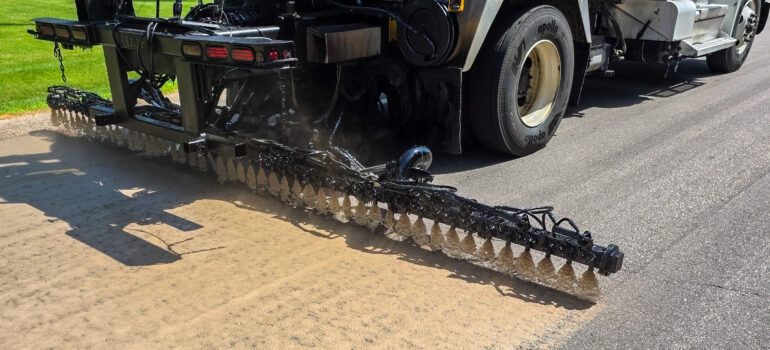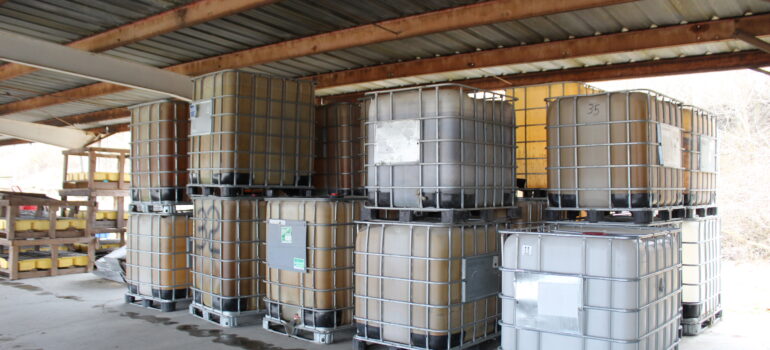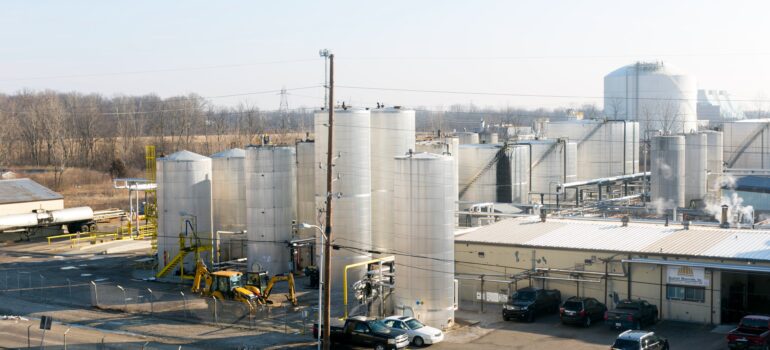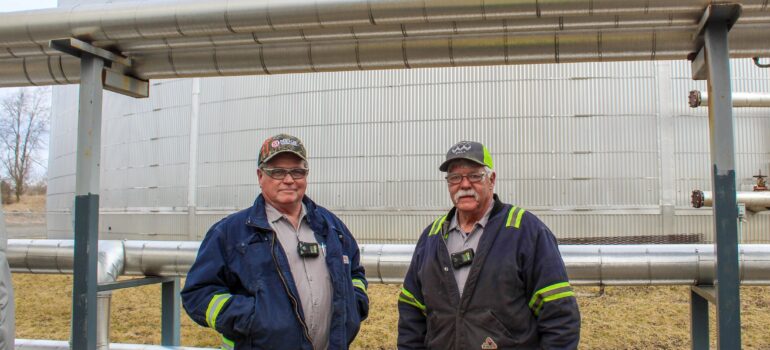AMIGUARD™ RPE-R Rejuvenates Pavement in Wood County, WI
Selecting an early life preservation treatment for high-traffic roadways that minimizes public impact is no easy task, especially when daily commutes and complex layouts are in play. That’s where Asphalt Materials, Inc. (AMI) stepped in with its AMIGUARD™ rapid penetrating emulsion rejuvenator treatment. See how a forward-thinking, trusted partnership and an original, innovative application delivered a quick, effective solution tailored to this county’s unique needs.














Recent Comments